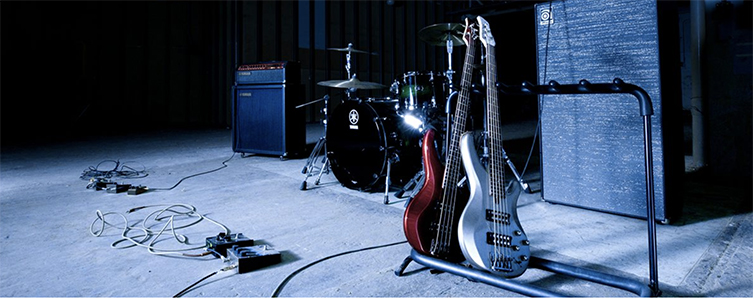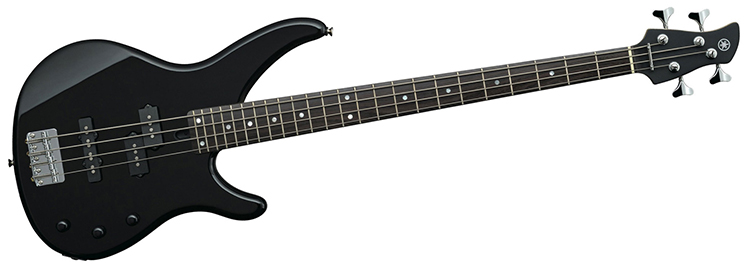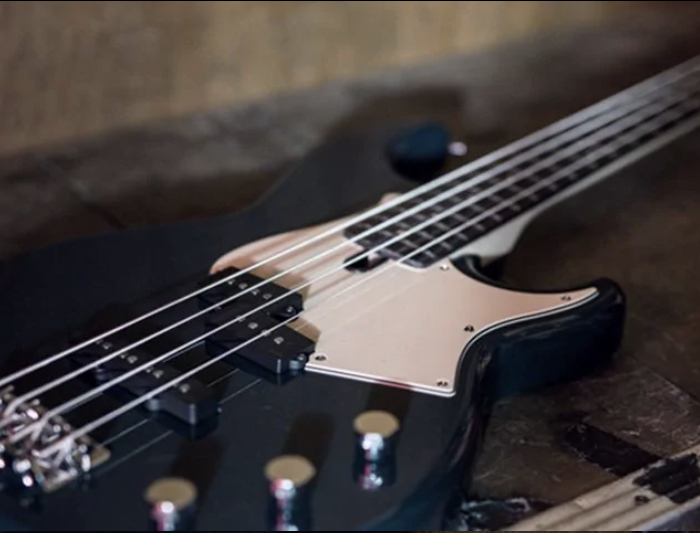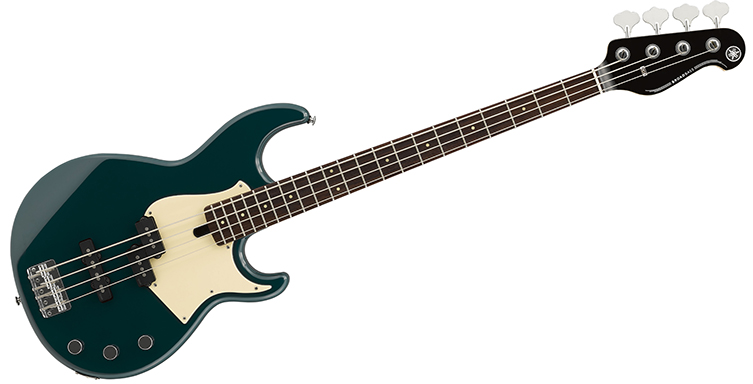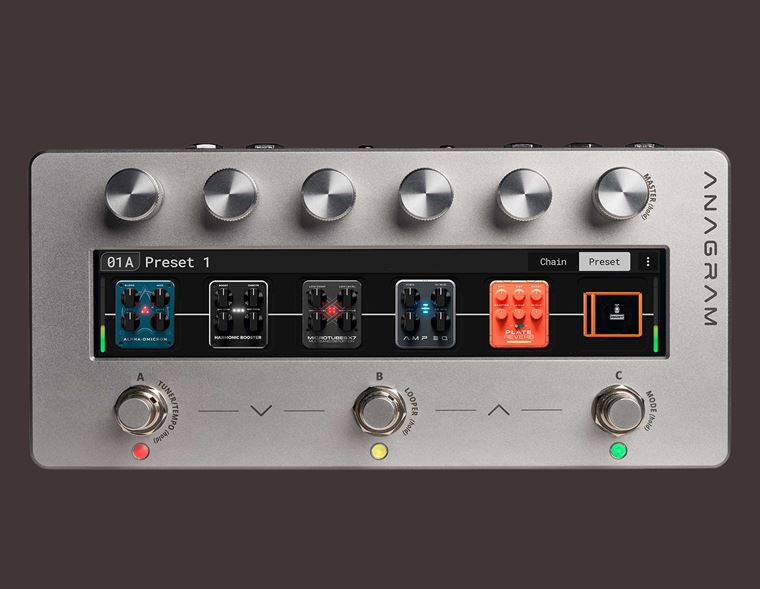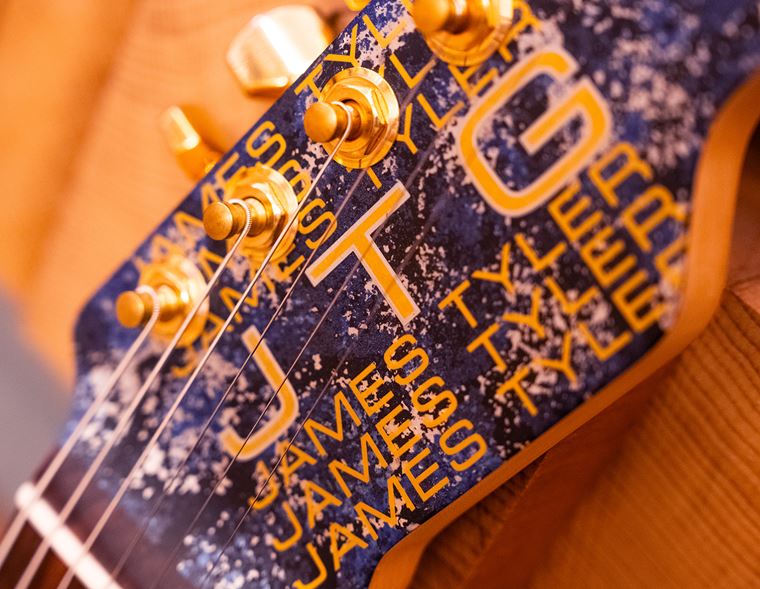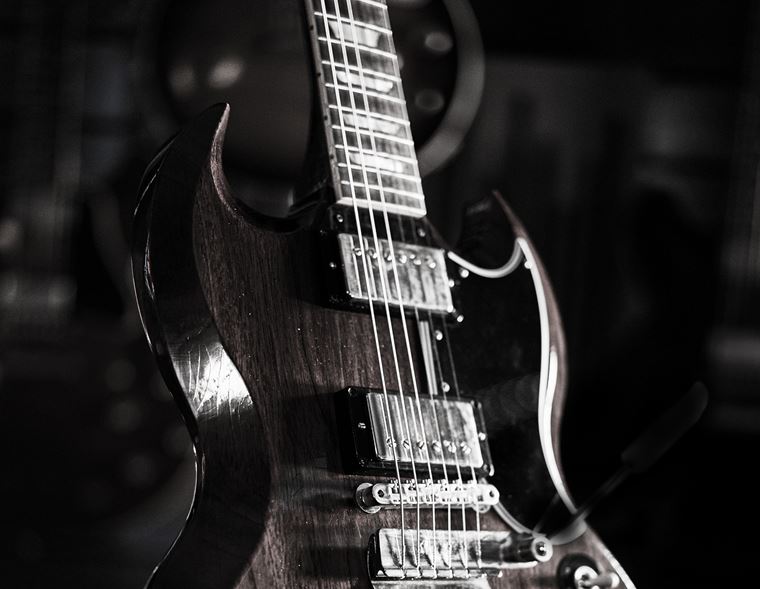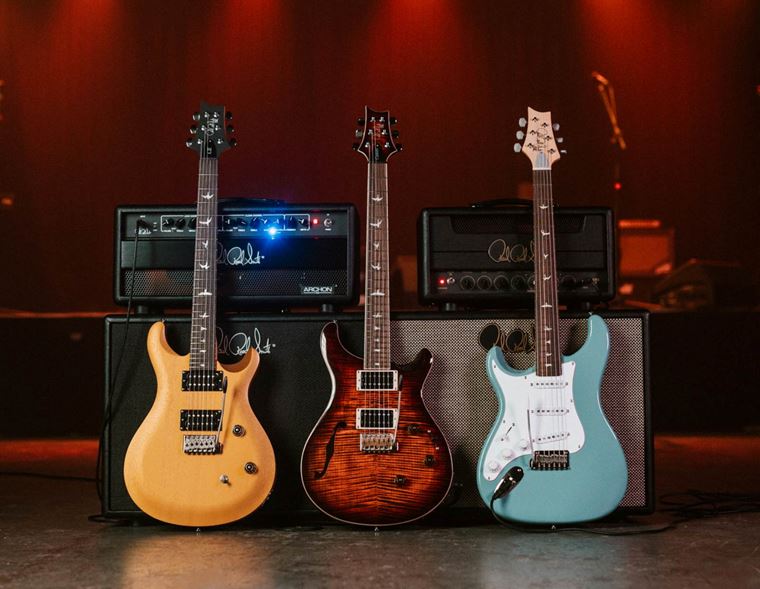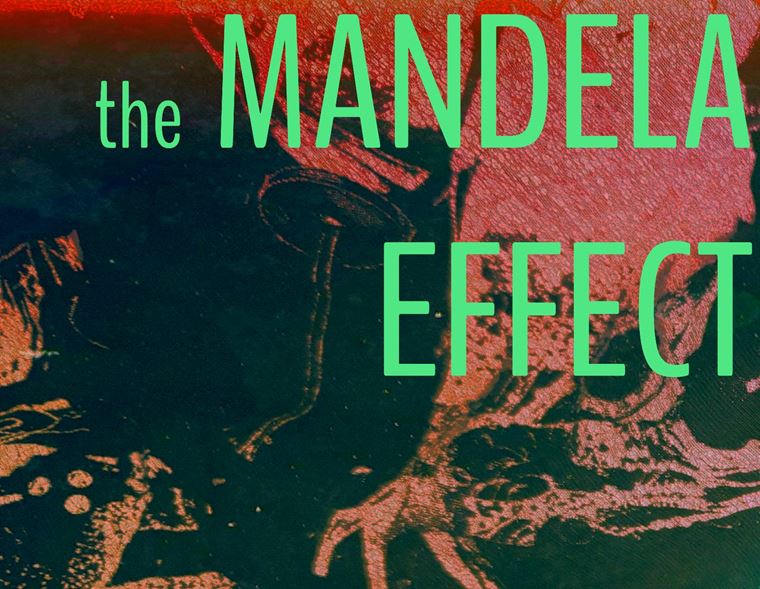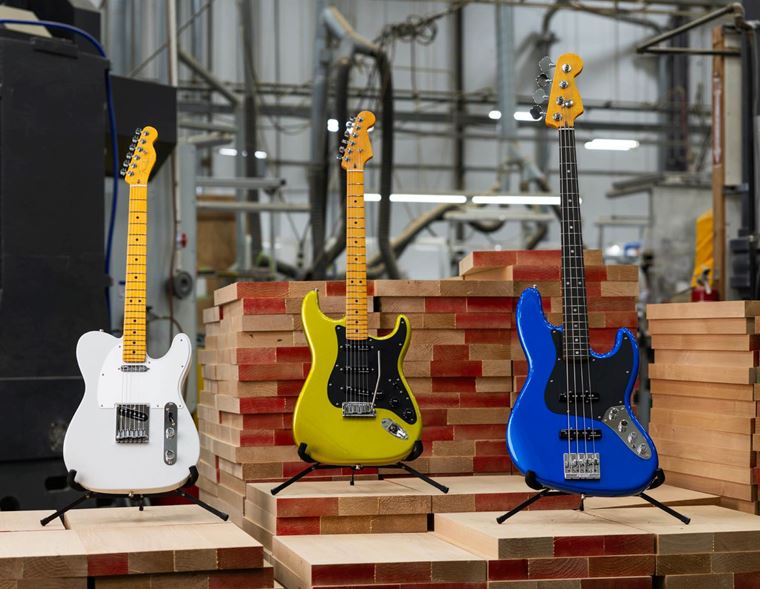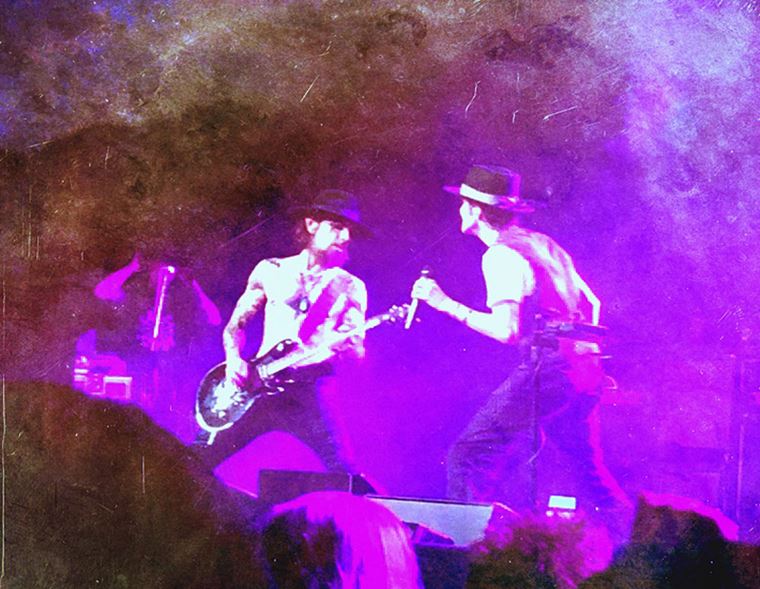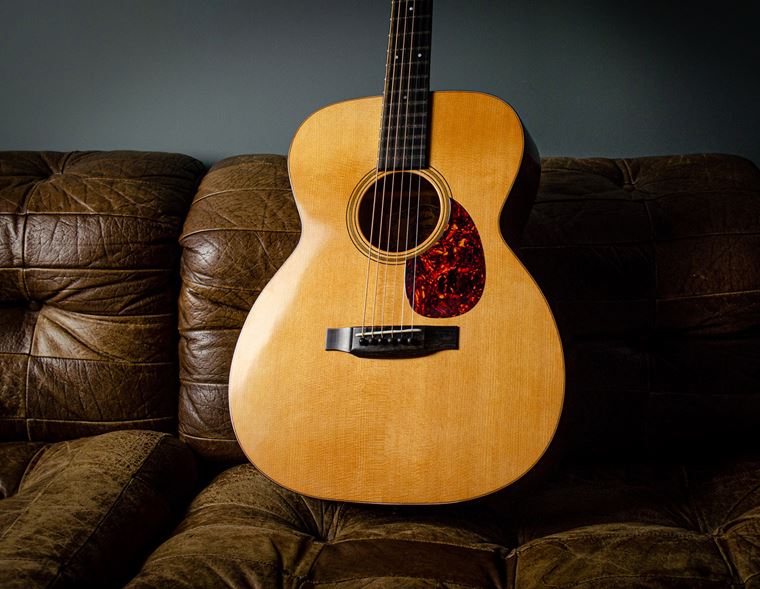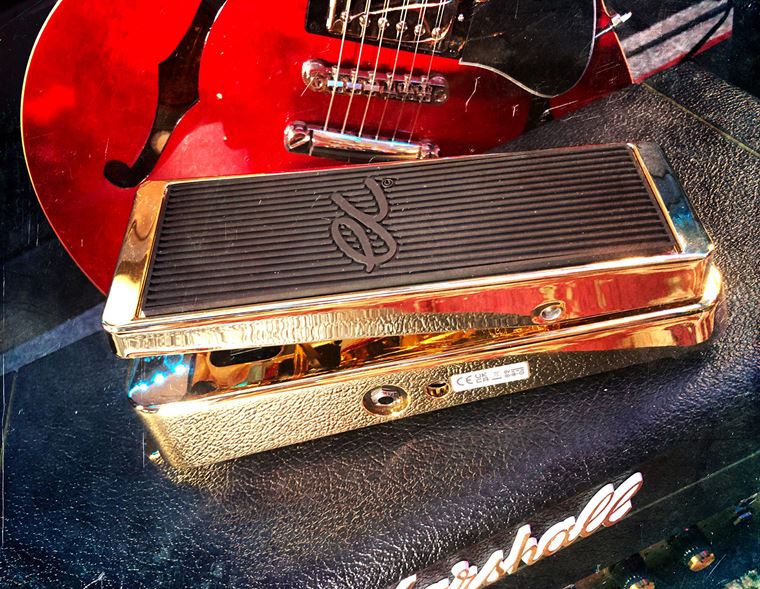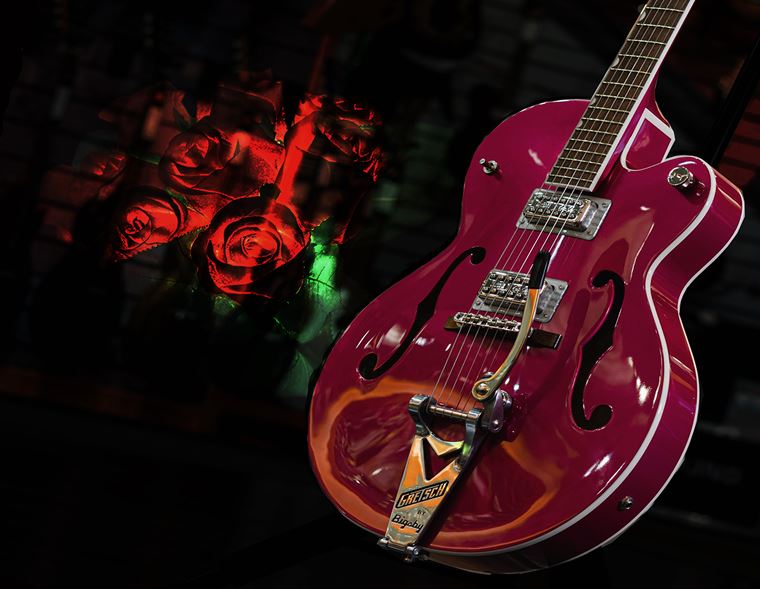Yamaha Bass Guitar Ranges (Updated for February 2025)
Published on 09 April 2024
As all musicians know, Yamaha are good at making everything. Electric guitars (Revstars and SGs are awesome), acoustic guitars (including some excellent classical models) and more: the Japanese manufacturing giants never seem to drop the ball.
This is true of their basses, too. Yamaha basses have long since carried the company reputation for road-worthy quality and pro-level tones: just ask the likes of Billy Sheehan and Peter Hook, who swear by them!
Contents
- Who plays a Yamaha bass?
- Where are Yamaha Basses Made?
- Yamaha Bass Ranges
- Yamaha TRB/TRBX
- Yamaha BB Basses
- Final Thoughts
Who plays a Yamaha bass?
So, who plays Yamaha basses? Who are the big names? In truth, several of the best bassists in the world, actually! You’ll see Yamaha basses in the hands of these players:
- Billy Sheehan (Mr Big, David Lee Roth, Steve Vai)
- Peter Hook (Joy Division, New Order)
- Glenn Hughes (Deep Purple)
- Jack Gibson (Exodus)
- Nathan East (session legend who plays on everything)
- Tony Kanal (No Doubt)
That’s quite a list!
Where are Yamaha Basses Made?
Yamaha originally made all of their instruments in Japan, going back to the late 60s when the brand began selling instruments internationally. Yamaha are actually much older than that, but even they talk about the 50th Anniversary of their musical instruments division as being 2017, so that's that, I suppose!
Anyway, as with most brands these days, Yamaha produce basses in different countries, according to cost. Japan, China and Indonesia are all locations where Yamaha instruments are manufactured today. Top-end stuff is Japanese and the most affordable models are built in Indonesia.
Yamaha Bass Ranges
Yamaha offer a fairly wide selection of bass models, but in reality, almost all of their basses nowadays boil down to two distinct styles. I’m going to look at those today, so that you can gain a decent working knowledge of what Yamaha offer. Artist models sometimes vary from these styles, but we’ll check them out at the end.
So, today is mostly about the BB and the TRB styles, their most well-known and renowned designs. In a world where it sometimes seems like there are only 4 designs available (‘P’, ‘J’, ‘Sting’ and ‘Ricky’, much as we love them...), it does us good to remind ourselves of the other amazing instruments out there for players who like putting their own stamp on things.
Yamaha TRB/TRBX
The TRB design is one for all bassists. With a long upper horn and excellent high fret access, the TRB is as practical is it is attractive. The design is available in a wide variety of specifications and price points, which come with increasingly more contoured bodies, decorative elements and upmarket circuitry. To me, this is a sort of contemporary 'session and fusion' bass, and by that I simply mean that it doesn't lean particulary into a given genre. It's also a modern look as opposed to something more retro.
I'm actually going to look at two of the most affordable TRB basses today, because I feel it’s important to hammer home just how much quality can be had from this range for very little expenditure. Whilst Yamaha are keen to be seen as a maker of high-end basses, they make good quality instruments across the board.
Yamaha TRBX174
So, there's a TRB and a TRBX? Indeed there is! The ‘X’ part alludes to this style being an amalgamation of the TRB and the older RBX style. In reality, the Yamaha TRBX shape is that of the TRB, and the only difference here is the TRBX models have a more normal 34” scale length compared with the longer (and relatively unusual) 35” scale of the TRB models.
Okay, now that I’ve addressed the ‘X’, let’s check out the TRBX174! It’s super affordable, and by that I mean it isn’t much more costly than some entry level beginner basses! This is not an indication of compromise as much as it is of value. Guitarists will be well aware that Yamaha’s Pacifica range of six-stringers contain models are both entry-level in price and gig-ready in quality, so keep that in mind! I’d happily fire through a full set with one of these basses! Yamaha don’t make ‘bad’ anything, remember?
The TRBX174 brings you a full 2 octaves worth of frets on a 10” radius fingerboard with the aforementioned 34” scale length. It’s a great neck, slim but with enough space between the strings to be able to feel free. The neck is bolted to a Mahogany body, a good choice for solid, thick tones. The bolt-on Maple of the neck will balance this with a little bit of snap, so it’s a clever combination.
This bass, and in fact all of the models we’re checking out today, use what we refer to as a ‘PJ’ configuration for the pickups. This is a reference to Fender’s Precision and Jazz basses, who each use different pickup types. A PJ configuration, therefore, gives you a single coil pickup in the bridge position (‘P’) and a split-coil pickup in the middle position (‘J’). It’s basically having the best of both worlds, really, as you can dial in how much of one (or both) you want to hear. The TRBX174 gives you a volume control for each pickup and a master tone, so getting your desired tone balance is kid’s stuff.
We think this bass is a perfect choice for bassists on a budget, seasoned players looking for a dependable backup and also guitarists who want to have an effective and inexpensive bass for writing and recording.
Yamaha TRBX204II
Going up very slightly in price, but still staying in a very affordable place, brings us some real upgrades.
The Yamaha TRBX204II shares many of the specifications of the 174 model, but changes the body material and, significantly, adds active circuitry. Yamaha state that the body for the TRBX204II is ‘either Alder or Basswood’. Either way, these are the two most popular timbers for making bolt-on bodies, so we are on safe ground. 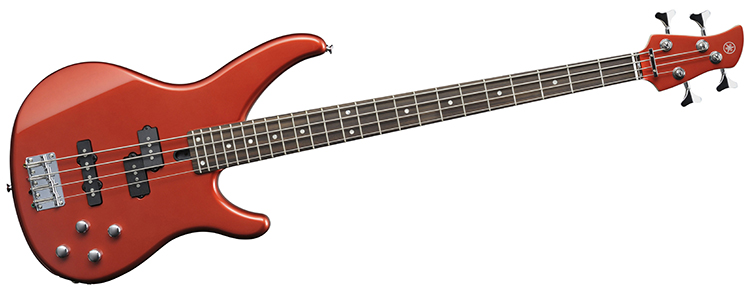
The active electronics allow some powerful tone shaping. Using a 9v battery as a power source, you can use the 2 band EQ to drastically boost or cut pre-determined treble and bass frequencies to your liking. This is a great feature to have, particularly in a live situation where your bass will sound a little different from venue to venue. The ability to tweak can make all the difference!
In bang-for-buck terms, the TRBX204II is a very impressive instrument and a very astute purchase. The TRB and TRBX ranges do, however continue up into several subsequent ranges including models like the TRBX604, which matches Alder body wood with a flamed maple top. You also get two powerful humbuckers that can be widely manipulated with the active 3-band EQ and balance control.
Yamaha BB Basses
The Yamaha BB is an original bass design from Yamaha. The ‘BB” stands for “Broad Bass”, no doubt a nod to the rounded body design. The Yamaha BB range debuted in 1977 and was designed as a rock-solid foundation to any bassist’s armoury. Still going strong today, the BB is available in 4 series:
- BB-200: entry level
- BB-400: Higher spec, including the 6 bolt neck join (see below)
- BB-700: Adds active/passive pickups and the alder/maple/alder body (see below)
- BB-Pro: Top end model, features all of the BB hallmarks and also has Yamaha’s Initial Response Acceleration treatment, more of which below!
There are a few interesting features to the BB design, as and we’ve seen above, the higher up in the range you go, the more of these you’ll see:
- 6 bolt neck join: super sturdy, with two of the bolts actually fitted in at an angle, and the other 4 remaining straight as normal.
- Body construction: 700 and above models get the classic ‘sandwich’ body, which is two pieces of alder with a thin layer of maple in between. This adds physical strength as well as extra top-end response to the tone.
- Active/passive EQ and controls: choose between powerful active or classic passive tone controls. This is flexible and versatile, whilst also giving peace of mind: dead batteries won’t stop the gig!
- Initial Response Acceleration: this is an interesting one. Basically, Yamaha understand that people like guitars that have been played in for a while: they feel better, have enhanced resonance and just sound really nice. To emulate this, Yamaha “apply specific vibrations to the completed instrument”, resulting in a brand new bass that feels played-in straight away.
Yamaha BB basses have been playedin all genres of music, from New Order to No Doubt. It’s a proven design that’s versatile and durable. It also looks super-cool too, which never hurts!
Yamaha BB434
The Yamaha BB434 sits in the mid-level, price wise. It’s a proper performer, with an excellent feel and a very cool look that straddles ‘utility’ and ‘decoration’ perfectly. It’s another great neck here from Yamaha, again with a 34” scale length but this time going for a more classic 21 fret count instead of the TRBX’s 24. How many bassists actually need 24 frets? Even Peter Hook's melodic, high pitched style doesn't, since he's a big BB user!
The six-bolt neck includes two bolts that are angled in order to secure the neck ever more closely. It’s very clever, in a ‘why doesn’t everyone do that?’ way. Another cool innovation is with the bridge design. The strings sit at a 45-degree angle as they come through the body, instead of at a sharp right angle, as they tend to do on most through-body bridges. Having a softer angle puts less pressure on the strings and more contact with the body, so you’ll get more resonance and less breakages. Excellent!
The pickups on the BB434 is ‘Custom V5’ units. As you may surmise, these are specially wound alnico V pickups, with a rich sound that’s full of body and clarity. Again, the ‘PJ’ configuration is used in order to get the biggest range of tones from the instrument. It’s a fantastic gigging choice, with tone, feel and attitude to spare.
Yamaha BB734
Our most expensive choice today is the Yamaha BB734, shown here in Dark Coffee Burst. This bass is moving up into a more 'giggin pro' price range, but I'd say that it’s still a very reasonable price for any serious player out there. And we think the extra features more than justify the cost.
So, many of the upgrades with this BB model are integral to the construction itself. Take the body, for example: this has been carved from a strong and tone-some sandwich of Alder/Maple/Alder, which brings strength and sustain to the mix without being laboriously heavy, too. The neck is now a 5-piece construction of Maple and Mahogany, made for the same reasons. This bass is one that sounds massive but weighs relatively little, meaning you can easily handle 2+ hour sets without tapping out and falling over into an exhausted and regrettable heap on the floor. This is most definitely a player’s bass!
Again, we have the alnico V PJ pickups, accompanied now with an active 3 band EQ circuit. Decorative fingerboard inlays mark this out as a bass of fine social standing, and overall, the look and finish is elegant and classy. You’ll be able to fit into any session jam, or performance with this bass without any issues. Are you the type of bassist who prefers to stick to a single instrument? If so, we think you’d have to spend a large chunk more to get a bass that out-performs this one.
Final Thoughts
Yamaha are a brand who do their thing with quiet confidence, knowing that those who know, know. Their designs, as we’ve seen today, have lasted since the 70s, and have many loyal professional fans who’ll use nothing else. Whether you are shopping around for your first bass, a solid backup, an additional style or your next main squeeze, I think you’ll find goldmines of delight with Yamaha’s bass ranges. Check out our Yamaha basses on the site or visit us in one of our stores to play a couple of your favourites today!
Click to View our Yamaha Basses


